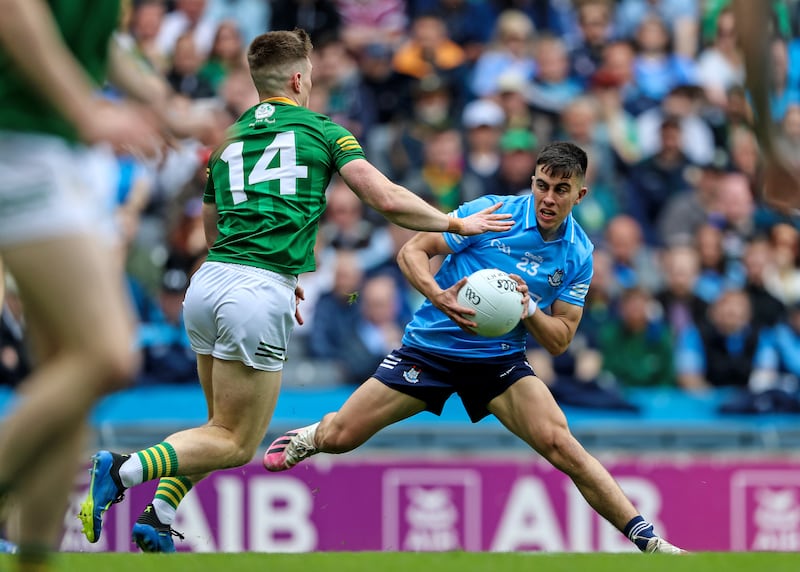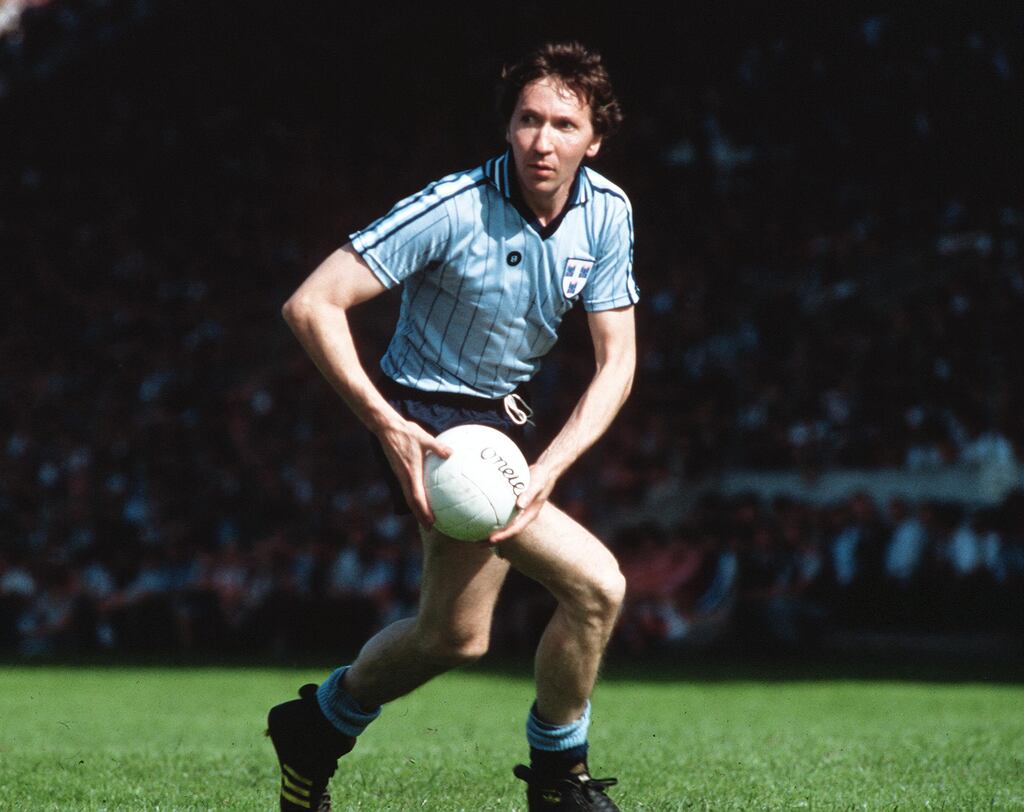We are all of us prisoners of our own backgrounds. In a country as small as Ireland, there’s really no such thing as describing your home place as “oh, it’s somewhere you’ve never heard of”. Just try me, I probably have a cousin from there.
In the GAA, it’s often not even the size of the place, but the depth of the footprint. My home club in Co Galway has two county senior football titles, but mention Milltown to GAA fans of a certain vintage, and it is simply the home of Noel Tierney, a three-time All-Ireland winner, and the Texaco Footballer of the Year in 1964.
He is our calling-card – the man who put a young club, as it was then, on the map. And ever since, his name and the name of the club go hand-in-hand. Séamus Harnedy did the same thing for St Ita’s in Cork, and every season the fact that he’s the first intercounty player from a small junior club in east Cork gets mentioned by some commentator or another.
Clubs are built on years of hard work, incremental improvements, and selfless dedication, often with little or no reward. That doesn’t change. But there’s no point in saying the front-facing part of it, the image you like to project to the world, isn’t important too.
READ MORE
And so Milltown is Noel Tierney country, in the same way that Glenswilly is Michael Murphy country, or Mullinahone is Eoin Kelly country. And places like that cherish their local heroes. More than that, they know the prestige it gives them.
When I joined Templeogue Synge Street six years ago, they had three players on the Dublin senior football panel – Denis Bastick, Eoghan O’Gara, and Niall Scully. But for many people their prestige player was still Anton O’Toole (the subject of a TG4 documentary, airing tonight at 9.20pm).
O’Toole was a pupil of Synge Street CBS, and then a member of Synge Street PP GFC, a club good enough to get to a Dublin county final at the apogee of Dublin’s domination of the football world, in 1977.
In that year, Dublin had won their third All-Ireland final in four years, had beaten Mick O’Dwyer’s Kerry in back-to-back championship games, and had revolutionised the game forever. Anton won an All Star in the two previous years, 1975, and 1976, and would win another one that year.

Synge Street weren’t able to overcome the Vincent’s juggernaut in that county final, but then again not many Dublin clubs did in the 1970s. When the Synge Street club went into decline, and eventually amalgamated with Templeogue to form Templeogue Synge Street, Anton was the man who coached the new combination to a county intermediate title in 2008.
And in that role he became a mentor to Bastick and O’Gara, as they both outline powerfully in the documentary. Neither of them had straight paths to a Dublin jersey. Both of their careers had numerous inflection points, when things could easily have gone very differently for them. They were lucky indeed to have a mentor like Anton – and they’re obviously smart enough and humble enough to realise it.
Too often the life of an intercounty player is presented as a problem that his or her club has to solve between them. Are we doing enough to help him out? Is she absolutely shattered before she even gets back to us for a club championship season? Where do we even play her on this team, when we haven’t seen her all summer? Is he doing enough for us?
Those are all micro problems, but they sometimes obscure the macro – which is that the achievement of someone like Louise Ward, or Harnedy, or Niall Scully, is genuinely something an entire club takes pride in.
When I’m asked about the club I play with in Dublin, I could tell someone all about the sterling underage work that goes on, or the hopes I’d have for their chances of competing for a county title in the next five or six years ... but I don’t. More often than not, I just say – “it’s Niall Scully’s club”.
Templeogue Synge Street are optimistic and upbeat about their future as a club. They have bold plans for the redevelopment of their ground in Dolphin’s Barn, they have a rapidly growing academy for young kids every weekend, and they’ve produced another gem in Lorcan O’Dell, who has made the grade with Dessie Farrell’s Dubs.
But Anton O’Toole and Donal Colfer, who was Kevin Heffernan’s most trusted sideline lieutenant in the 1970s, also give the club something more. They give Templeogue Synge Street a lineage – a lineage that joins Dublin’s two finest football teams of the last 100 years.
O’Toole didn’t have to be a mentor to the next generation of TSS footballers to have given the club that. But he did. And his example now permeates the club, even after he’s gone.
– The documentary “Anton O’Toole – Finscéal De Shaol GAA”, is made by Bankos Tales Productions, and airs tonight on TG4 at 9.20pm. It features interviews with the great Brian Mullins, and John Bridges, a former Synge Street team-mate of Anton’s, who both passed away in 2022. My sympathies to both families.


















